
Social bakers (2013) estimated, “Face book attracts the majority of native netizens whereas other social media interfaces are also growing gradually. The population of native netizens is growing at a rapid pace because of its fast-paced, time-saving, convenient and cost-effective nature.”Another public survey, titled as Internet Population in South Asia (2012), discovered that social media is more popular among the local male population (i.e.70%) than female population (i.e. 30%). These statistics, however, are debatable since many female users create accounts on social media as males in order to hide their identity for privacy reasons.
Facebook – with over 800 million users around the globe – is one of the leading social networking sites today and continues to grow. According to Ricardo (2011), “When Mark Zuckerberg started Facebook in 2004, he had no idea how big it would actually become, and how big a debate the pros and cons of Facebook would spark. Along with a few of his friends at Harvard University, Zuckerberg created Facebook to fulfill the purpose of a college yearbook. Within a few months, more and more people joined the community, and today Facebook has more than 750 million users all over the world.”
The rising popularity of Facebook can be attributed to its numerous ‘fun’ elements and as a result, many of its negative side effects are often overlooked. For example, be it issues such as Facebook Depression and Addiction or the cyberspace problems like security breaches viz., hacking and stalking, Facebook users – whether intentionally or unintentionally are often unaware of some of the more adverse effects of Facebook. .
It is therefore the more harmful aspects of Facebook that form the basis of this study. In the contemporary digital age, most people with an internet connection have a virtual presence on at least one of the popular social networking sites, such as Facebook, Twitter, MySpace, Google+ and others. Perhaps it is such common usage that the problems associated specifically with Facebook go unnoticed. Pertinent issues like Facebook addiction and depression often seem so subtle that people hardly recognize the symptoms. However, scientific studies and resulting public awareness are important in order to ensure users can safely and securely make the most of this technological revolution.
While prior research has arbitrarily assumed that any individual could become subjected to Internet addiction, there are few studies that have been carried out precisely for the purposes of evaluating usage patterns and social and psychological impacts of online social networking, particularly in Pakistan.
Speaking in particular about Facebook, Farhan Malik (2011), a practitioner from telecom industry, said, “Facebook is an addiction. Teens instead of spending their time in studies and other physical activities are just wasting their valuable time in face booking.”
Thus the aim of this paper is to explore the patterns of Face book usage among Pakistani youth and by extension, the possible symptoms or criteria that could help determine whether a user exhibits highly obsessive or addictive attitudes towards online social networking.

Researchers such as Raacke and Bonds (2008) define social networking sites as “virtual places that cater to a specific population”, hence forming a network impossible to be established offline, since they transcend physical boundaries. According to Ellison, Steinfield, and Lampe (2007) social networking sites cater to a diversity of interests ranging from sites for professional networking, dating, friend-networking to commercial sites promoting bands, brands, celebrities and politicians.
Considering the dominant presence and unbelievable growth of social networking sites in recent years, researchers are applying the Uses and Gratifications Theory (U&G) to understand and elaborate the reasons leading to the mass switchover of users to the medium. (Ancu and Cozma, 2009)
Park, Kee, and Valenzuela (2009) discovered that the key uses and gratification factors of social networking sites are socializing, entertainment, self-status seeking and information. Larose and Easton (2004) concur and identify similar motives such as information-seeking, entertainment and social needs as the most driving factors behind the usage of such sites.
Socializing is the leading and the most significant component in the Gratification Model related to social networks. People who are engaged with social media to satisfy socializing needs mostly want to find new people, withstand offline connections and develop a sense of community. Raacke (2008) learned that 96.0 percent of netizens used social networking sites to stay connected with old friends, 91.1 percent to sustain current associations and 56.4 percent to meet new friends. He further assumed that “the more a user frequents a social networking site, the greater the likelihood his or her social well-being”.
Focusing specifically on the patterns of Facebook usage, an extensive survey of 800 undergraduate students of Michigan State University (MSU) conducted by Ellison et al. (2007) concluded that “the average student had between 150 to 200 friends. Out of these friends, 97 percent were former high school colleagues, 90 percent were classmates, and 80 percent were complete strangers. This indicated that a majority of Facebook users acquired satisfaction from maintaining social links with existing offline relationships as opposed to finding new friends. “
Park et al. (2009) on the other hand, maintained that entertainment gratification among SNS users is related only to leisure and amusement desires. They further concluded that most youngsters used Facebook platform in order to display themselves as cool and often to develop their career.
Tufekci (2008) specifies that Facebook, like other social networking sites, permits users to manage their social network through links between their profile page and other profiles called Friends. Besides the sharing of profile details containing multiple fields covering favorite books and movies to political and religious views and relationship status, people develop a virtual image through photographs, statuses and sharing.
Ellison believed that self-disclosure is another prospective gratification that is closely associated with one’s real life image. Tufecki (2008) suggests diverse factors of self-projection shared through social network profiles such as friendly online image, friendships and social ties, demographics and location, privacy, and social grooming which he considered are the most important elements considering how the Users and Gratification model is applied in relation to self-representation on social networking sites.
Walther, Van Der Heide, Kim, Westerman, and Tong (2008) also studied how self-representation is provided through a user’s friendships. They discovered that postings and comments on a user’s profiles or pictures by friends and acquaintances reflect mainly how they perceive the user to be in real life. A large majority of social networking users attain fulfillment through the volume of material and responses addressed to them through SNSs. According to Park et al. (2008), Facebook users often look for updates about campus events and political, cultural and civic issues.
In his review of ‘Applying the Uses and Gratifications Theory’, Gallion (2008) found that the researcher Ruggiero anticipated in as early as 2000 that the Internet would revolutionize media users and their preferences which would eventually influence the habits of individuals and their roles in society.
Ruggiero’s prediction seems to hold true today since highly popular social networking sites such as Facebook, Twitter, YouTube, MySpace and the blogosphere have transformed personal, professional and social connections, transporting them from the real world to the virtual environment.
Facebook in particular is unanimously recognized as the most popular social networking site attracting a large chunk of the online population that continues to grow every day.
Gallion pointed out that the Uses and Gratification Model has been criticized due to its individualistic nature, which “makes it difficult to explain or predict beyond the people studied or to consider the societal implications of media use.”
Research Questions:
As there is apparently little in terms of scientific research to analyze social networking sites and their influence on youth (college or university students) – especially in Pakistan – the current study aims to identify:
1. Why young people utilize Facebook and other social networking sites so extensively?
2. What are the characteristics of a typical university/college Facebook user and the tell-tale signs of a Facebook addiction
3. The functions and satisfactions that are achieved through the personal, emotional or psychological connections to the site (if any)
It is arbitrarily assumed that Facebook as a prominent part of modern everyday life does not come alone, but rather brings along with it a fair share of problems. The core objective of this study is therefore to understand the patterns of Facebook usage, while highlighting related hazards such as Facebook addiction, depression, stalking, hacking and the creation of fake profiles.
Literature Review:
In the modern world, people often find themselves overpowered by modern technology, sometimes around the clock. According to a study by the Kaiser Family Foundation (2010-11), “children and teens from the ages of 8 to 18 engage in more than seven hours of electronic activity daily.”
Young (1998), using Pathological Gambling as a model, mentions that “addictive Internet use can be defined as an impulse-control disorder that does not involve an intoxicant”. She reviewed case studies of 396 dependent Internet users and 100 non dependent Internet users to investigate major behavioral and functional differences between the two groups such as the types of applications utilized, degree of difficulty controlling weekly usage, and severity of problems noted.
According to a web post, ‘Are You a Facebook Addict?’ (2009), there are several mature professionals who candidly admit that they could not imagine spending a day – and sometimes even less than a day – without social networking on Facebook. The writer established, “Facebook-enabled ‘addicts’ seem to fall prey to the endless availability of ‘apps’, whether self-oriented quizzes or game-playing or being at the hub of nonstop social opportunity.”
Fenichel (2011) maintains that Facebook Addiction Disorder (FAD) is an embedded and a self-motivated phenomenon. It is often stimulated by factors such as the need for proximity, acknowledgement, appreciation, familiarity, shared experience and exchanges of creativity. Above all, there is a need for an ultimate authority to be the sole ‘captain of the ship of one’s Facebook home page.’ However, while some people find Facebook applications so engaging that they spend hours upon hours perusing through it, others use it as a means of emailing and chatting to connect with their network of friends for fun, exchange of ideas and information in real-time.
Unfortunately, Facebook has become such a sensation that few realize when it has turned into an addiction that competes with homework, office assignments; relationships and other activities that demand our attention and time. Researchers and Facebook addicts alike seem ignorant of the obsession, since they are often preoccupied with the aesthetics, entertainment, upgrades, innovative uses, new apps, uses and the wider reach of this popular social networking site.
Facebook is understandably engaging and useful for most netizens in the native environment who use other online platforms such as blogs, discussion groups, and photo sharing sites or personal home pages. Facebook therefore provides such users an ideal interface for multiple purposes. It is, therefore, hardly surprising if their behavior is akin to a child in a candy store—succumbing to excessive usage of Facebook, with an irresistible desire to stay logged in constantly, sometimes eventually developing into a psychological disorder that is often impossible to cure and or even detect.
As Fenichel (2011) aptly summarizes, “When is a friend a friend? When is constant behavior an addiction? Is there such a thing as too much or too little social networking? Who decides? Who asks? “
Evidently every Internet user and Facebook member is not equally addicted. Thus, anyone who can get rid of their computer or smart phone without feeling empty or purposeless is still considered to be free from online addictions
Rosen (2011) conducted a survey of 3000 teenagers while studying and evaluating the effects of Facebook overdose survey on young people. The results revealed that “over 19.8 per cent of respondents said that they send over 120 text messages each day, whereas around 11.5 per cent of respondents said that they spend over three hours every day on social networking sites.”Furthermore, approximately, “22.5 percent of respondents said that they do not send text messages at all, while 22 percent do not use any online social networking site. It is further revealed that such teenagers were far healthier, probably because they were more involved in outdoor sports and spent less time on their computers.”
Sherman’s (2011) studies link personality types to patterns of Facebook usage, and show that “neuroticists, females and those who are procrastinating are more likely to be addicted to Facebook.” The study further reveals that “women are more likely to develop Facebook addiction, probably due to the nature of the social network.” Findings exhibit that Facebook addiction is closely linked to extraversion. “People with high scores on the new scale tend to have a somewhat delayed sleep-wake rhythm.”
Cecilie Schou Andreassen, a doctor of Psychology, supervised a research study (2012) ‘Facebook Addiction’ in order to explain why some people are more likely to be addicted to Facebook than others. Her findings showed that the younger generation is more easily affected than older users. She also discovered that restless and socially detached people tend to use Facebook more often than others, perhaps because they perceive it as a relatively safe medium to facilitate social interaction as compared to real face-to-face communication.
The symptoms of Facebook addiction, it is said, “resemble those of drug, alcohol and chemical substance addiction and that the excessive use of Facebook and text messaging can lead teens into drug abuse, drinking, sex and psychological health problems,” as endorsed by a survey conducted by the American Public Health Association in 2012.
Andreassen (2012) points out that “people who are organized and more ambitious tend to be less at risk of Facebook addiction. They will often use social media as an integral part of work and networking.”The study further reveals that “women are more likely to develop Facebook addiction, probably due to the nature of the social network.” Findings exhibit that Facebook addiction is closely linked to extraversion. “People with high scores on the new scale tend to have a somewhat delayed sleep-wake rhythm.”
In another study of young people, Daria, Griffiths and Binder (2013) found that around 3.2 % of UK students are addicted to the Internet, which is identified by the researchers as a major mental health concern. It is further observed that it is likely to be raised in users who are prone to online gaming and openness to experience.
However, Griffiths (2013) criticizes Facebook addiction studies especially the Bergen Facebook Addiction Scale introduced by Andreaessen and colleagues. He claimed that “Facebook addiction” like Internet addiction has already been an outdated concern since an internet user is now engaged in multiple activities even on networking websites like Facebook, such as messaging friends, playing games, gambling and other activities, He thus recommends another psychometric scale for investigating possible obsession to individual online application (i.e., social networking) instead of addiction to one website like Facebook.
Methodology:
A detailed Literature Review was done to analyze scholarly work and relevant research studies that focused on personality types and Internet addiction. Thereby a theoretical outline was framed to sketch the leading elements that would be evaluated through the study regarding facebook usage and its effects on youth.
A combination of qualitative and quantitative methods was tested following the two-step approach. The primary aim of the qualitative literature review was to identify the dynamics, values and concepts that would form the basis of this study. Based on the results from the qualitative study, a quantitative questionnaire was developed, which included likert scale-style statements that helped determine, values, opinions, preferences, habits and usage patterns. The use of close-ended questions allowed for specific answers to help determine patterns (as the survey is quite extensive and resources were limited, close-ended questions were easier to quantify and allowed for definitive results and analysis).
Furthermore, based on a sample of undergraduate students, the survey was designed such that it may prove or challenge the Uses and Gratification Model that associates Facebook usage with the relevant factors that directly affect and influence the usage patterns of Facebook among the youth and the related possible social and psychological implications.
Sources of Data:
- Primary Data was collected through firsthand responses of the youth surveyed via a carefully designed questionnaire and focus group
- Secondary Data was collected through the journal articles, websites, research articles and other scholarly publications from around the world, which formed the basis of the literature review.
Sampling
- Convenient random sampling was used as the sampling procedure
- The sample size was of 300
- The sample consisted of both males and females (45 percent males vs. 53 percent females respectively while 2% didnot share their gender)
- Undergrad university students aged between 19 and 23 in various undergraduate programs
- Relatively Representative sample from University of Karachi, IBA and Bahria University
Results and Analysis of Results
Total 300 people were surveyed; out of which 297 people actually responded:
- One (1) student answered in the negative (i.e. he’s not a Facebook user)
- One (1) student answered that she only logs in once every 3-6 months and that she is quite dormant on Facebook.
- Around seven (7) students did not disclose one or more aspects of their demographics (i.e. age, gender, area of study)
Gender: In total population surveyed, 53.2% of respondents were female, 44.8% were male and 2% did not disclose their gender.
Age range
In the sample surveyed
- Majority of students (95%) are between the ages of 18 and 23
- They are undergraduate Business students)
- 4% did not disclose their age while
- Outliers include the ages of 17 and below, and 26 and above
Hours spent on Facebook:
While studying time spent on Facebook by the youth, we learned that:
- Only 33.9% of students spend an hour or less (i.e. for cursory glance) on Facebook per day
- Around 48.8% between 2 hours and 12 hours while 16.8% have 24-hour connectivity so we can say that the majority of students (i.e. around 68%) use face book for less than 3 hours while it’s only 31% students who apparently overuse the medium.
How long can you go without Facebook?
As we were trying to evaluate the possible addictive nature of Facebook, we learn through the responses of the youth that
- On one side these percentages reflect the fact that majority of Facebook users (75%)in our sample are not addictive to Facebook despite hours of connectivity and excessive usage of the medium.
- While 25% feel the need to sign in at least once a day (they can last only 5-10 hours without Facebook)
- Around 74.9% can go a day or more without signing into Facebook and checking their account
Most students use Facebook for multiple purposes:
As the graph shows:
- Around 31% use Facebook for professional purposes
- 78% use Facebook for staying in touch and updated with friends, family, colleagues and classmates—which seems to be the most popular use of Facebook
- Approximately 40.1% use Facebook for timely news updates and pursuing pages of interest
- 8% use Facebook just to pass the time? It seems to be a negative trend i.e. Instead of physical activity, reading, real life socializing, a large majority of youth prefer to ‘pass time’ on Facebook. The trend must have negative implications on youth’s physical and mental health
- 4% use Facebook for other purposes, such as ‘stalking’, ‘group projects or group assignments classes/courses’, ‘chatting’
Nature of Status updates:
Of the 192 students who disclosed the number of friends that they have on Facebook, we can see that the range is quite large with one person having the maximum (5,000) number of allowed friends, while another has only 63. These are the exceptional cases, or outliers; some students have friends in the thousands while some have only a few hundred. Besides, the average number of friends in the survey sample is 454 while 300 is the most recurring number of friends that the surveyed sample of students have.
In order to understand the usage of Facebook, we also asked and analyzed the nature of Statuses.
The responses revealed that around:
- 7% of students say that they do not update their status on Facebook
- Whereas 15.8% of students tend to share a variety of updates
- Most popular type of update seems to be the sharing of links, news and events (19.2 %) followed by expression of mood, thoughts, feelings and opinions (17.2%)
- Minimum ratio of FB users like to share their whereabouts (3%) while there is relatively higher proportion of users who prefer sharing general interest content (8.8%) such as quotes, jokes and lyrics.
What does youth Like about Facebook?
When asked what are the features that turn Facebook youth’s favorite platform. They responded with more than one answers:
- A large number of respondents (62%) said that they like Facebook for allowing them a means to keep in touch with old friends, colleagues and classmates. This preference can be linked to another trend in the survey which evidently shows that around 78% use Facebook for staying in touch and updated with friends, family, colleagues and classmates.
- The Second most popular aspect of Facebook is the pursuing of general interests that can be subsequently related to 40.1% of students who responded that they use Facebook for timely news updates and pursuing pages of interest.
- Around 10.4% respondents said they liked playing games on Facebook. Pursuing general interests and playing games; the two trends combined, linked to the 43.8% users who said that they use Facebook to help pass the time.
- Others (6.4%) include people who said that they ‘like nothing about Facebook’, ‘stalk others’, ‘Facebook has ruined my life’ and ‘everything’
What do they dislike about Facebook?
There are many aspects of Facebook that students do not particularly like. The least popular of which is when they receive messages, friend requests and pokes from people they do not know (51.9%). Students also do not like it when their friends post items on religion and/or politics (23.6%). Students who responded with ‘Other’ said that they don’t like the fact that there is no privacy on Facebook, that ‘everyone can see everything’. Responses also included: ‘emotional statuses’, ‘posting problems’, ‘game requests’, ‘sharing of profound or philosophical quotes’, ‘over sharing (such as what people had for lunch’, ‘people ask to like pages’ and ‘people ask to change cover photos to promote events’.
Major Findings
On the basis of the research done our hypothesis is proved, which was:
”Facebook now a prominent part of our life, doesn’t come alone but brings along it share of problems.”
Analyzing the research conducted we may easily conclude that the discussed issues are existent and a case for many. Also analyzing the responses it can be concluded that many are fed up of unwanted random friend requests also the amount of time they spend on Facebook rather than doing their work is a sign of its addiction.
Results indicated that the vast majority of college students are using these social networking sites for a significant portion of their day for reasons such as making new friends and locating old friends. Additionally, both men and women of traditional college age are equally engaging in this form of online communication. Finally, results showed that many uses and gratifications are met by users (e.g., “keeping in touch with friends”).
Limitations: Since the use of Facebook is quite common among youth the sample consists of students aged between 19 and 23, all of whom are university students. Therefore the focus of the problems Facebook brings will be in the light of a very specific demographic of youth rather than a more general population of Facebook users.
Recommendations:
As the present study is limited in scope, further research can focus on a number of ensuing issues, including:
- a wider demographic of respondents (level of education, ethnic background, social strata, religious moderation, family background);
- issues surrounding cyber-bullying; the psyche behind trolling, stalking, hacking, the creation of fake profiles and the sending of random friend requests, messages and pokes to unknown people (to either the same or the opposite gender);
- understanding personality traits and correlating them to Facebook usage
- wider research to include other social networking sites as well, such as Twitter, MySpace, Google+
- safety and security concerns regarding the extensive sharing of personal data on such sites, including location, photos, friends and other details that can help identify and locate users, making them accessible and identifiable offline as well (whether by specific individuals or organizations/marketers)
The understanding of the above could eventually lead to public awareness campaigns of the negative implications of the extensive uses of Facebook. This could lead to easy identification of those suffering from the more adverse effects of the uses of social networking sites, making it easier to help, or even protect them. Perhaps further studies could help individuals understand the nature of their own activities and preempt negative psychological impacts before they manifest, thus ensuring safe, secure and healthy networking that allows maximized uses of such revolutionary technology.

References:
Abs-cbnNEWS.com. (2009). Are you a Facebook addict?
http://www.abs-cbnnews.com/lifestyle/10/20/09/are-you-facebook-addict
Ancu, M., & Cozma, R. (2009). MySpace politics: Uses and gratifications of befriending candidates. Journal of Broadcasting & Electronic Media, 53(4), 567-583.
Daria J. K., Mark D. G., Jens F. B. (2013) Internet addiction in students: Prevalence and risk factors; Nottingham Trent University, Burton Street, Nottingham NG1 4BU, United Kingdom http://www.sciencedirect.com/science/article/pii/S0747563212003664
Ellison, N.B., Steinfield, C., & Lampe, C. (2007). The benefits of Facebook friends: Social capital and college students’ use of online social network sites. Journal of Computer-mediated Communication, 12 (4), article 1, 1-29.
Erica, S. (2011). Facebook Addiction: Factors Influencing an Individual’s Addiction, University of Massachusetts Boston.
http://scholarworks.umb.edu/management_hontheses published on 12-1-2011
Evans, P. (2013).Pakistan-Telecoms-Mobile-Broadband-and-Forecasts http://www.budde.com.au/Research/Pakistan-Telecoms-Mobile-Broadband-and-Forecasts.html#execsummary
Kemp, S. (2011-12). Social, Digital and Mobile in South Asia
http://wearesocial.net/blog/2011/12/social-digital-mobile-south-asia/
Kimberly S.Y. (1998). Cyber Psychology and Behavior. 1(3): 237-244.
<http://online.liebertpub.com/doi/abs/10.1089/cpb.1998.1.237>
LaRose, R., & Eastin, M.S. (2004). A social cognitive theory of internet uses and gratifications: Toward a new model of media attendance. Journal of Broadcasting & Electronic Media, 48 (3), 358-377
Malik, F. (2011) Facebook addiction breeding multiple problems for teens–By Technology Times http://www.technologytimes.pk/2011/08/13/facebook-addiction-breeding-multiple-problems-for-teens/
Mark, D. G. (2012). Facebook Addiction: Concerns, Criticism and Recommendations—A Response to Andreassen and Colleagues. Psychological Reports: Volume 110, Issue, pp. 518-520.
Michael F. (2011). Facebook Addiction Disorder (FAD),
http://www.fenichel.com/facebook/
Park, N., Kee, K., & Valenzuela, S. (2009). Being immersed in social networking environment: Facebook groups, uses and gratifications, and social outcomes. Cyber Psychology & Behavior, 12 (6), 729-733
Raacke, J., & Bonds. (2008). MySpace and Facebook: Applying the uses and gratifications theory to exploring friend-networking sites. Cyber Psychology & Behavior, 11 (2), 169-174.
Ricardo, S. (2011). Pros and Cons of Facebook. http://senioritis-ricardo.blogspot.com/2011_03_01_archive.html
Rideout, V.J., Foehr, U.G., Roberts D.F. (2010). Generation M2: Media in the Lives of 8- to 18-Year-Olds. Menlo Park, CA: Kaiser Family Foundation. Report No: 8010
Sanou, B. (2011) International Telecommunication Union; Measuring the Information Society. Geneva, Switzerland. ISBN 92-61-13-801.http://www.itu.int/net/pressoffice/backgrounders/general/pdf/5.pdf
Socialbakers. (2012). Facebook statistics by Country.
http://www.socialbakers.com/facebookstatisticsaccessed in July 18, 2012
Teller, S. (2013).Pakistan Market Trends 2013: Online, Mobile, Social – Things Are About To Take Off.http://ansr.io/blog/pakistan-market-trends-2013-online-mobile-social/Index_KU_journal
Tufekci, Z. (2008). Grooming, gossip, Facebook and MySpace: What can we learn about these sites from those who won’t assimilate? Information, Communication & Society, 11(4), 544-564.
Walther, J.B., Van D. H., B., Kim, S.Y., Westerman, D., & Tong, S.T. (2008). The role of friends’ appearance and behavior on evaluations of individuals on Facebook: Are we known by the company we keep? Human Communication Research, 34, 28-49.
World Economic Forum (2012). The Financial Development Report 2012 www.weforum.org/reports/financial-development-report-20121
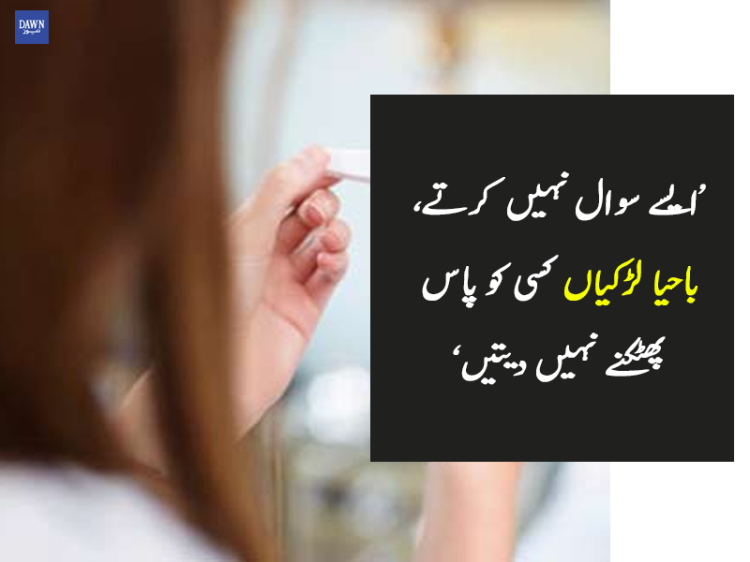 https://www.dawnnews.tv/news/1053191
https://www.dawnnews.tv/news/1053191





![2004-09-18-Howard-perfect-grants-to-private-schools-450272-300x181[1]](https://erumsuchistan.files.wordpress.com/2012/01/2004-09-18-howard-perfect-grants-to-private-schools-450272-300x1811.jpg?w=750)
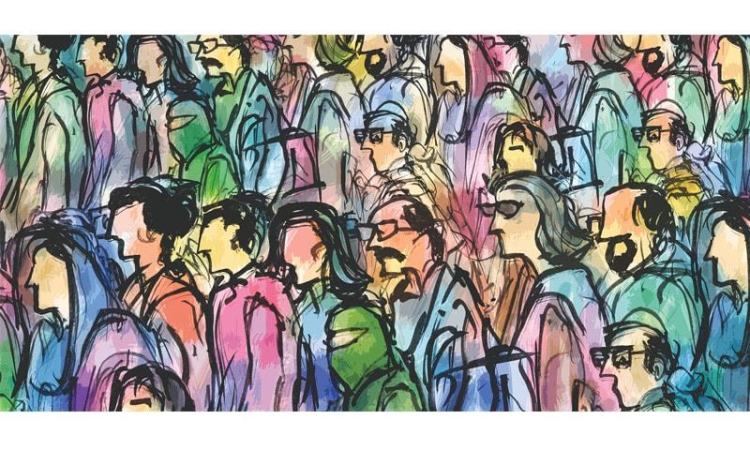


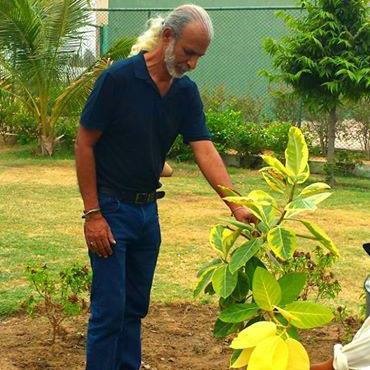
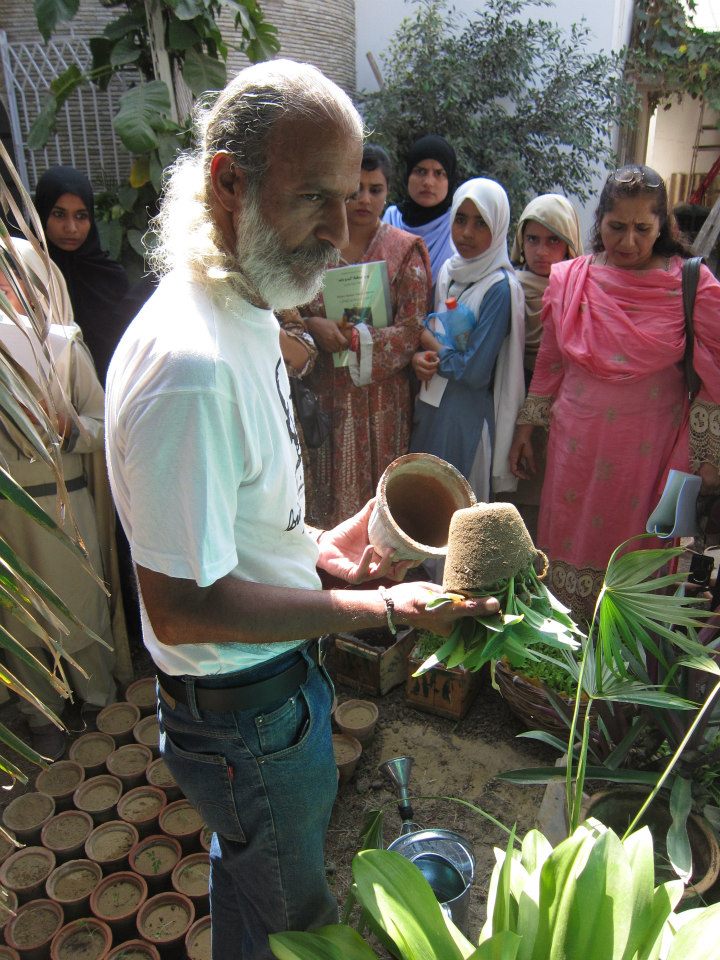
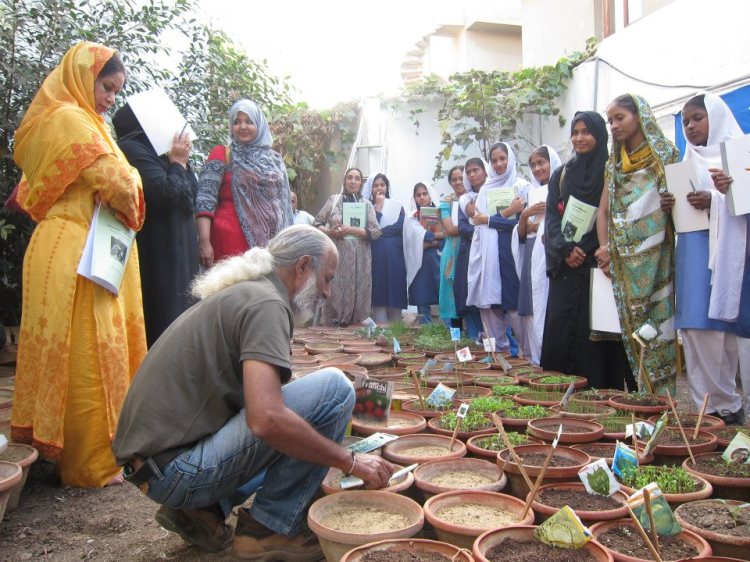
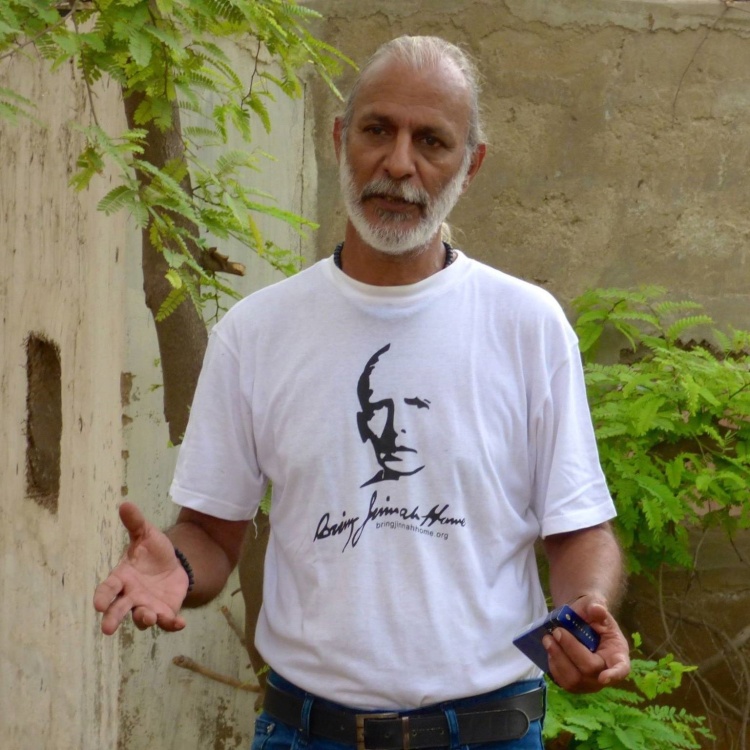





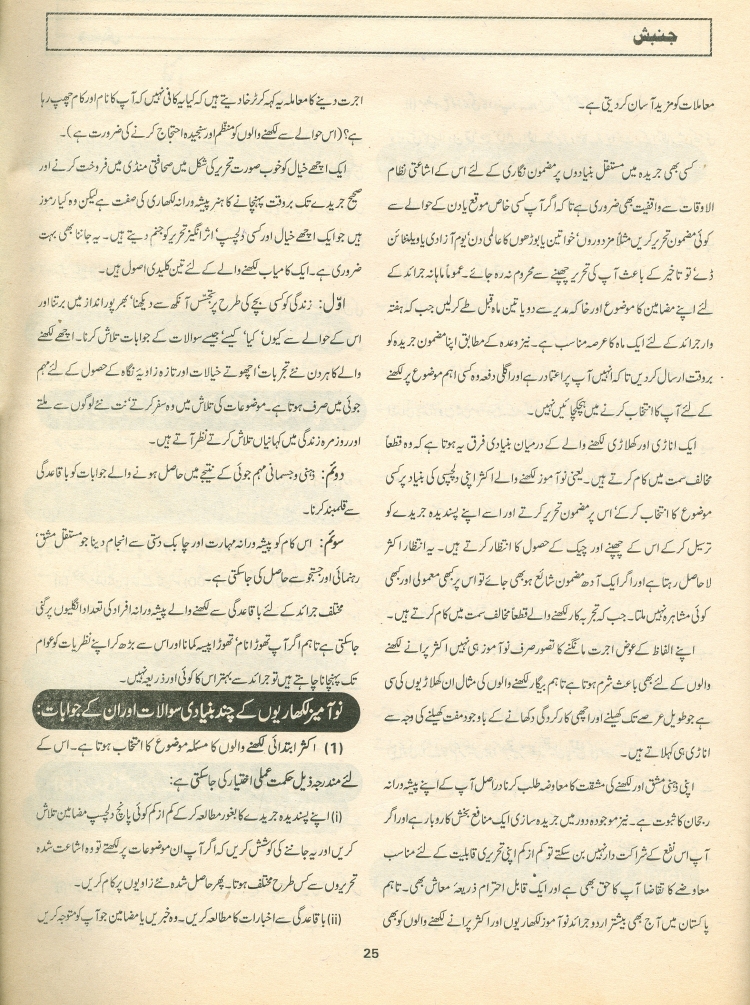
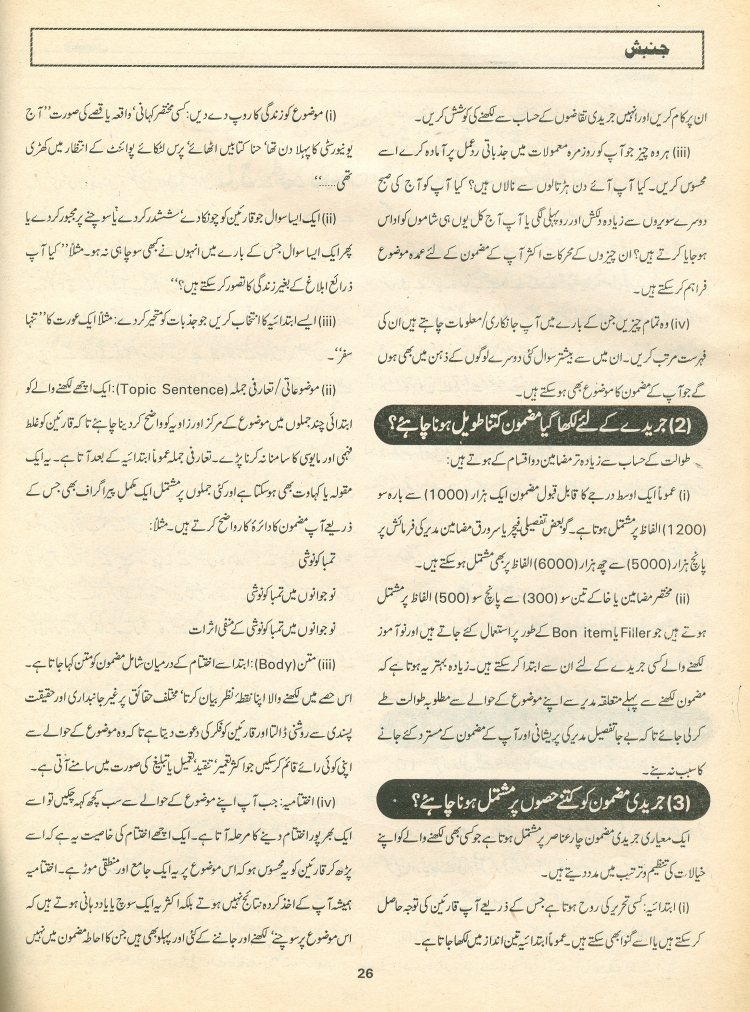
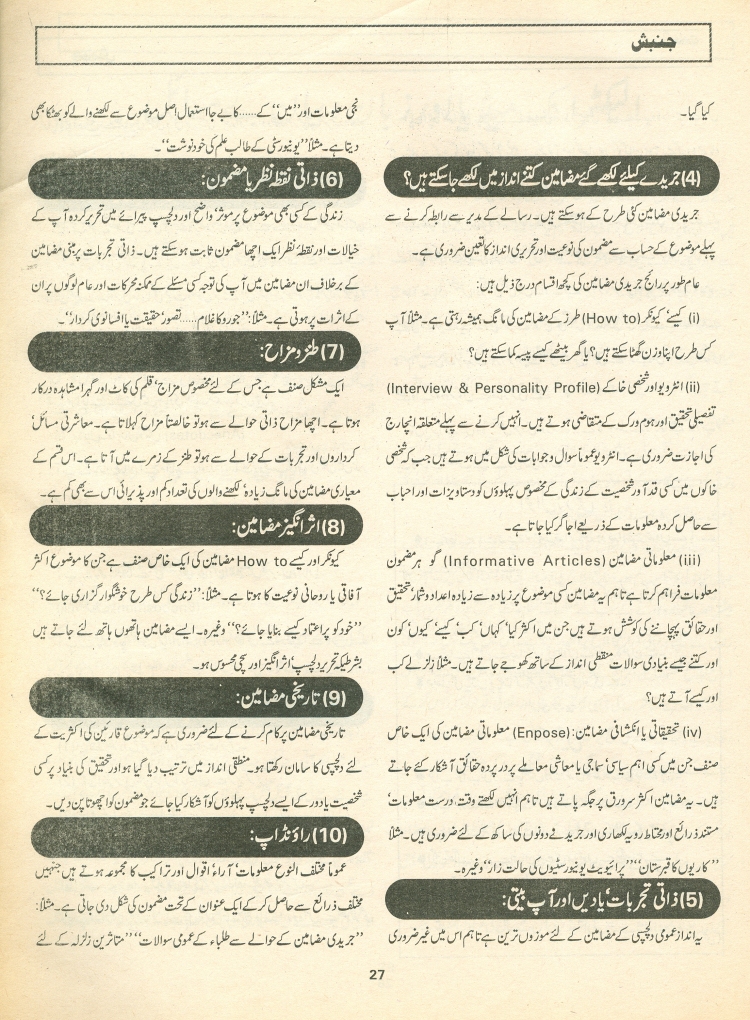
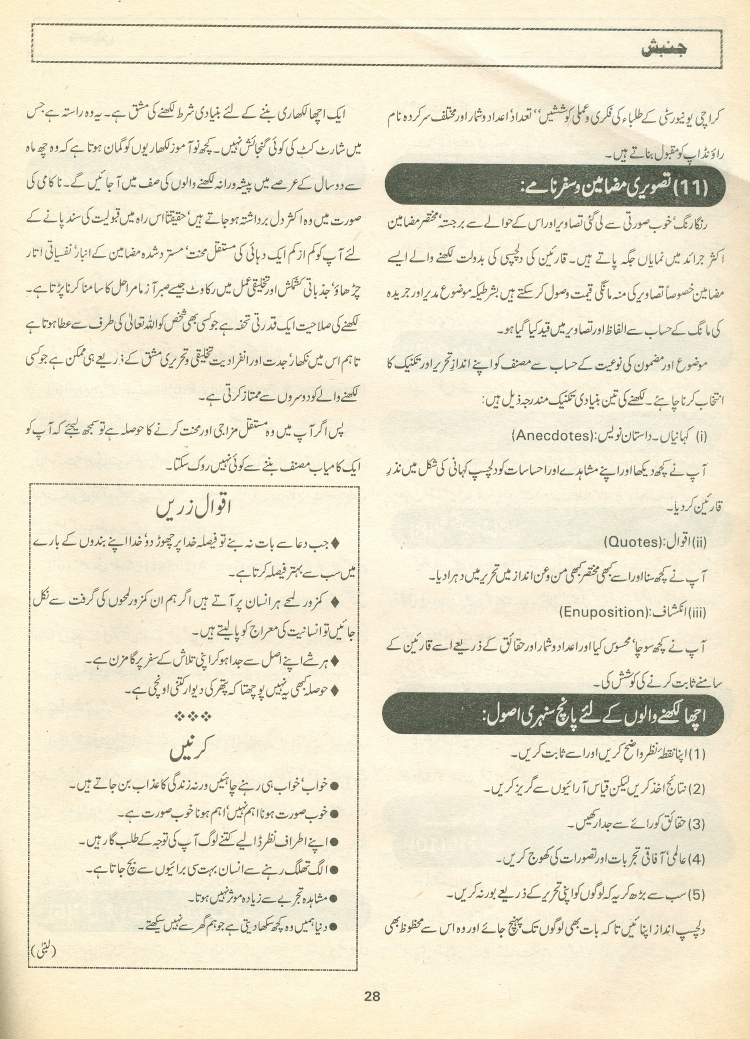
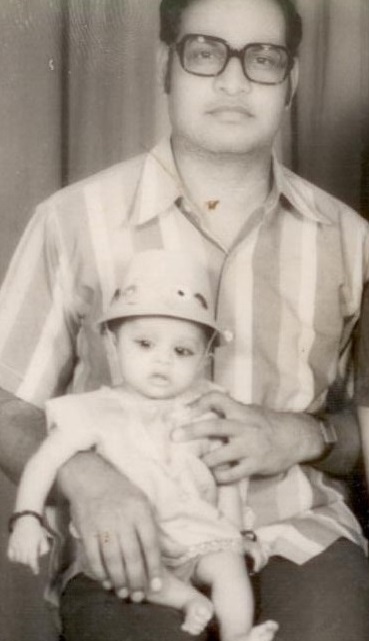

![150px-Valentine_child[1]](https://erumsuchistan.files.wordpress.com/2015/02/150px-valentine_child1.jpg?w=750)
her watan chor kar janae wala wapsi ke raste khule rakh kar jata hai,, magar wapsi shazo nadir hi hoti hai.. bahar ka lifestyle wapis apne mulk main adjust hone nahi deta,, taleemyafta log merit aur opportunities ka na hone ki wajah se bahar ka rukh karte hain,,
آپ افریقہ بھول گئی ہیں یہاں یورپ سے زیادہ لوگ بستے ہیں
Bilkul baja farmaya apny jab apny dais mn app ko kabhi zaban ki aur kabhi mazhab ki bunyaad p mardia jai to eisi condition mn pardais hi acha lagta hy
yehi log hein jo watan ki badnami ka sabab bantay hain khatray to sab logon ko hein ,in ko pata nahi kia marz hay , ab pakistani wapis aarahay hein aur yeh parhay likhay befaqoof bacho k future k naam pey bahir jarahay hein pakisatn aur europe mein koi elaida khuda to nahi jo pakistan mein kuchh nahi kar saktay wo bahir kia karain gaay
السلام علیکم: اللہ ہمارے وطن کو گل وگلزار کردے تاکہ ہمارے پیارے اس کو چھوڑ کر پردیس میں دربدر نہ ہوں، آمین۔ خیرخواہ
Dear Ms. Aram, i like your blog but me khod Oman me ik achi compney me job karta ho, me 2012 me graduate howa ta, or 2015 tak menay bohot jaga per apply keya pakistan me laken koi response nai mela, har jaga per Pakistan me serf sefaresh ki zaroorat hoti hai, warna kon apna mulk chor k jata hai, apna family apna dost apni jaga, pora ka pora bachban jaha guzara ho waha sa agar koi khoshi sa jana chahta hai tu os insan ko agar bahadur kaha jai tu ghalat nai ho ga, mane yaha bohot sa log dake hai, jis k sat zeyate tu hoti hai na wo apna gar ja sakhta hai na yaha per sokoon sa hotay hai, 40 sa 50 degree me kam karta hai, or salary milna par gar baj detay hai, tu labour ko kuch be nai milta. me samjta ho k ye sare ghalti hamree khod hai ham na apna oper jo hukumran musalat keya hai tu hamara sat hona be yahe chaheya, ye kuch family hai jo sare pakistan pe hukumrani karta hai, pher be log vote de rahe hai, or na to army wale kuch kahta hai na koi Intelgence wale, sab dokay me hai pakistan me